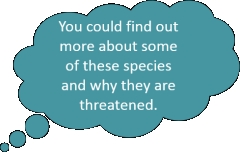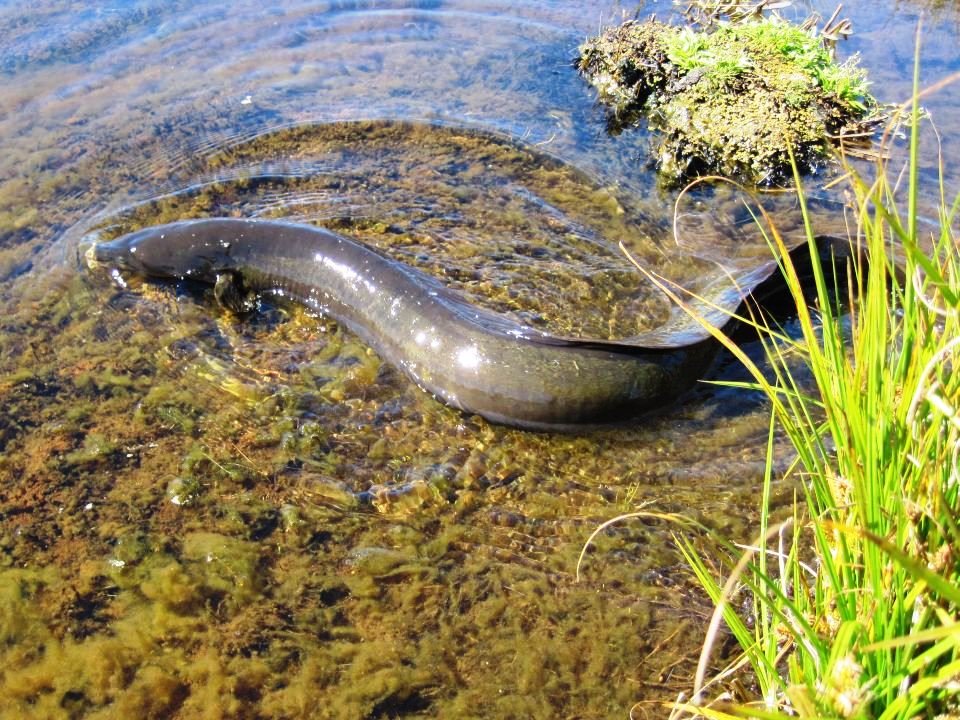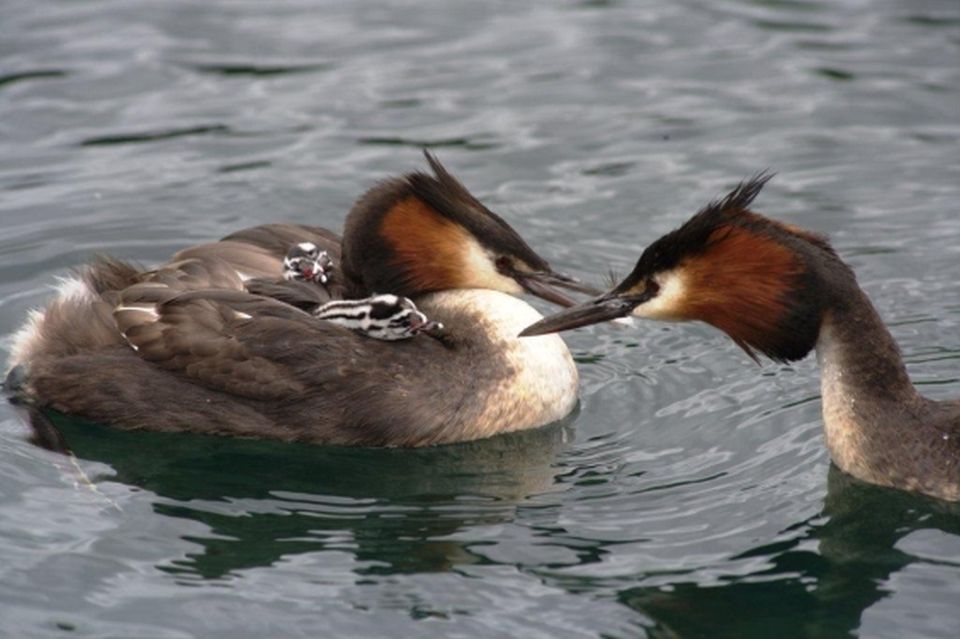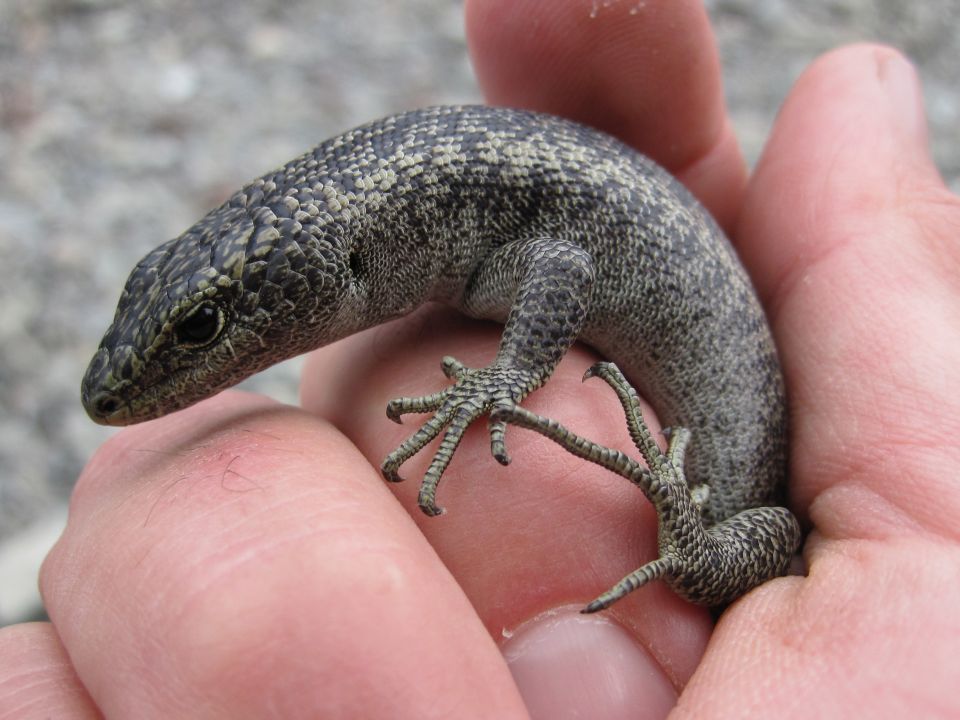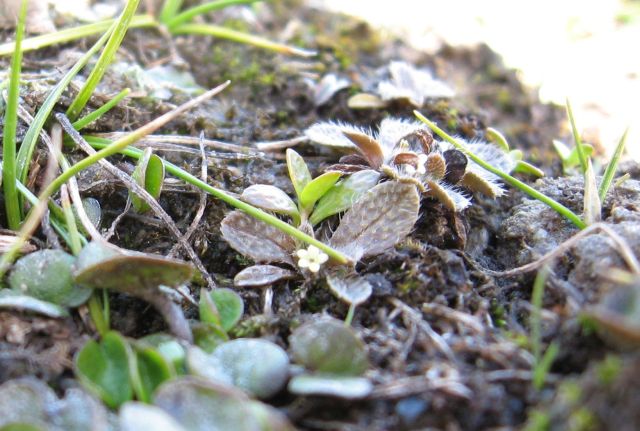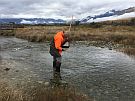Ō Tū Wharekai has been shaped by glaciers and has a variety of habitats which support a large amount of wildlife.
Animals and plants living in Ō Tū Wharekai have special adaptations to help them live through cold winters and hot summers.
Threatened native fish
- longfin eel/tuna
- upland longjaw galaxias (small, freshwater fish).
Threatened bird species
- Australasian bittern/Mātuku
- black-fronted tern/Tarāpirohe
- black-billed gull/Tarāpuka
- wrybill/Ngutu pare
- banded dotterel/Turiwhatu
- Australasian crested grebe/Kāmana
- Caspian tern/Tārā nui.
Threatened lizard species
- scree skink/mokomoko
- long-toed skink.
Threatened plant species
- marsh arrowrush
- pygmy forget-me-not
- pygmy clubrush
- native lily
- water brome
- rare grasses.
These wetlands also contain some of the best examples of red tussock and pūkio wetlands in Canterbury.
